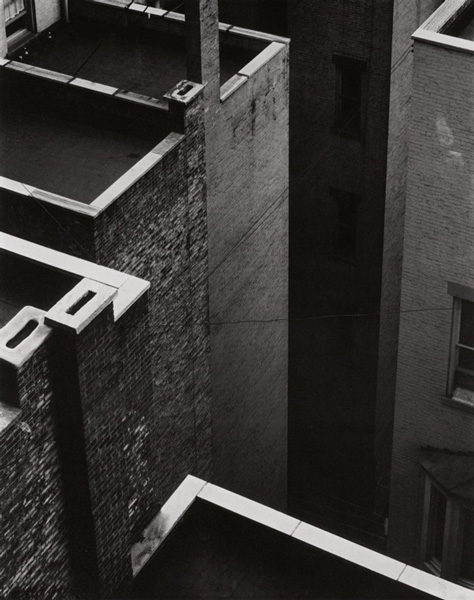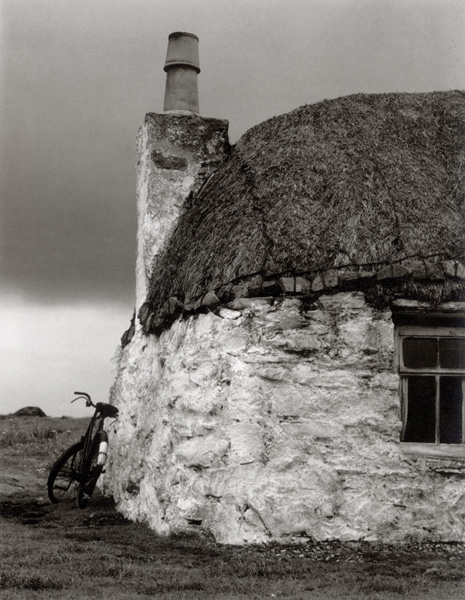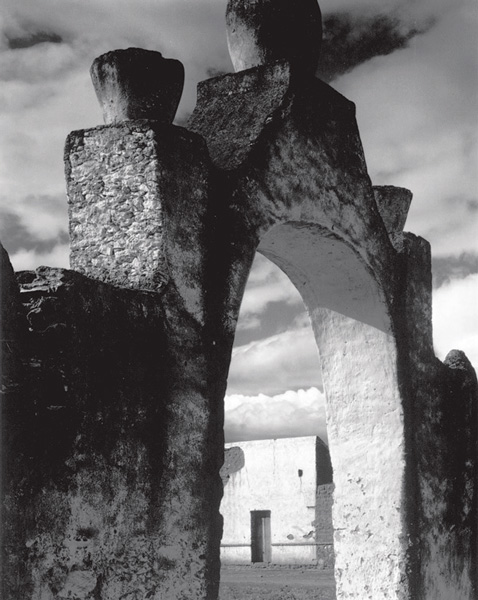In the early years of his formidable career, Paul Strand was befriended and mentored by Alfred Stieglitz. A fierce proponent of modern art in America, Stieglitz's infamous 291 Gallery on Fifth Avenue was the first to champion the avant-garde of European and American art and photography. His stewardship of Strand had a profound effect, cultivating in Strand one of the greatest modernist photographers of the era. Starting early in the twentieth century Strand experimented with photography and made abstract studies. He sought to invent form through photography rather than imitating it. In this masterpiece, taken from the artist's abstraction series, it is clear that he was influenced by Cubism and the industrial age as he hones in on a detail of a car from an artistic perspective.
This platinum-palladium print was made at Paul Strand's direction from his original negative by master printer Richard Benson. The print is sold in a clamshell case and matted in four-ply, museum-quality mat board.
Platinum-Palladium Print
Image Size: 12 3/4 x 10 1/8 inches
Paper Size: 22 x 17 9/16 inches
Edition of 100 + 10 AP
Authorizing seal of Paul Strand Archive
Paul Strand (b. 1890, New York; d. 1976, Orgeval, France) was one of the great photographers of the twentieth century. As a youth, he studied under Lewis Hine at the Ethical Culture Fieldston School, going on to draw acclaim from such illustrious sources as Alfred Stieglitz and David Alfaro Siqueiros. After World War II, Strand traveled around the world—from New England to Ghana, France to the Outer Hebrides—to photograph, and in the process created a dynamic and significant body of work.














